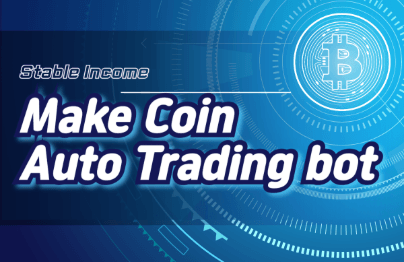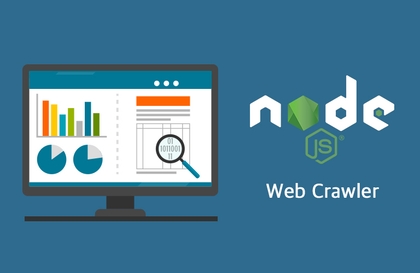안녕하세요, 우리동네코딩 스튜디오에 오신 것을 환영합니다!
우리동네코딩 스튜디오는 카네기 멜론, 워싱턴, 토론토, 워터루 등 북미의 주요 대학에서 컴퓨터공학을 전공하고, Google, Microsoft, Meta 등 글로벌 IT 기업에서 실무 경험을 쌓은 개발자들이 함께 만든 교육 그룹입니다.
처음에는 미국과 캐나다의 컴퓨터공학 전공자들끼리 함께 공부하며 성장하고자 만든 스터디 모임에서 시작되었습니다. 각기 다른 대학, 다른 시간대에 있었지만 함께 문제를 해결하고 서로에게 배운 그 시간은 매우 특별했고, 자연스럽게 이런 생각이 들었습니다.
“우리가 공부하던 이 방식, 그대로 다른 사람에게도 전하면 어떨까?”
그 물음이 바로 우리동네코딩 스튜디오의 출발점이었습니다.
현재는 약 30명의 현직 개발자와 컴퓨터공학 전공 대학생들이 각자의 전문 분야를 맡아, 입문부터 실전까지 아우르는 커리큘럼을 직접 설계하고 강의합니다. 단순한 지식 전달을 넘어, 진짜 개발자의 시선으로 배우고 함께 성장할 수 있는 환경을 제공합니다.
“진짜 개발자는, 진짜 개발자에게 배워야 합니다.”
저희는 웹 개발의 전 과정을 처음부터 끝까지 체계적으로 다루되, 이론에 머무르지 않고 실습과 실전 중심의 피드백을 통해 실력을 키워드립니다.
수강생 한 사람, 한 사람의 성장을 함께 고민하고 이끌어가는 것이 우리의 철학입니다.
🎯 우리의 철학은 분명합니다.
"진정한 배움은 실천에서 오고, 성장은 함께할 때 완성된다."
개발을 처음 시작하는 입문자부터, 실무 능력을 키우고 싶은 취업 준비생, 진로를 탐색 중인 청소년까지.
우리동네코딩 스튜디오는 모두의 출발점이자, 함께 걷는 든든한 동반자가 되고자 합니다.
이제, 혼자 고민하지 마세요.
우리동네코딩 스튜디오가 여러분의 성장을 함께하겠습니다.
Welcome to Neighborhood Coding Studio!
Neighborhood Coding Studio was founded by a team of developers who studied computer science at top North American universities such as Carnegie Mellon, the University of Washington, the University of Toronto, and the University of Waterloo, and went on to gain hands-on experience at global tech companies like Google, Microsoft, and Meta.
It all began as a study group formed by computer science students across the U.S. and Canada, created to grow together by sharing knowledge, solving problems, and learning from one another.
Though we were attending different schools in different time zones, the experience was so meaningful that it led us to one simple thought:
“What if we shared this way of learning with others?”
That thought became the foundation of Neighborhood Coding Studio.
Today, we are a team of around 30 active developers and computer science students, each taking responsibility for their area of expertise—designing and delivering a curriculum that spans from foundational knowledge to real-world development.
We’re not just here to teach—we’re here to help you see through the lens of real developers and grow together.
“To become a real developer, you must learn from real developers.”
Our courses take you through the entire web development journey—from start to finish—focused on hands-on practice, real-world projects, and practical feedback.
We care deeply about each learner’s growth and are committed to supporting your path every step of the way.
🎯 Our philosophy is simple but powerful:
"True learning comes from doing, and true growth happens together."
Whether you're just getting started, preparing for your first job, or exploring your future in tech,
Neighborhood Coding Studio is here to be your launchpad—and your trusted companion on the journey.
You don’t have to do it alone.
Let Neighborhood Coding Studio walk with you toward your future in development.
![Properly Learning React: Mastering the Essence of Rendering and Declarative UI through Missions [Part 1 – Fundamentals]강의 썸네일](https://cdn.inflearn.com/public/files/courses/339069/cover/01k9qhn7ams7ewn7h84ywkn3z8?w=420)





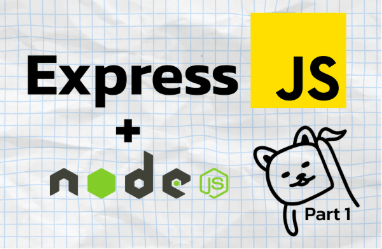



![From DOM to Pixels, Complete Mastery of Browser Rendering and CRP - [DOM Complete Mastery Part 3]강의 썸네일](https://cdn.inflearn.com/public/files/courses/338418/cover/01k34f9mhtvq2xgzr15w1qhmas?w=420)
![Everything About Structure Navigation and Manipulation - [Complete DOM Mastery Part 1]강의 썸네일](https://cdn.inflearn.com/public/files/courses/338045/cover/01k1cvnt514nzd42eadka09p64?w=420)
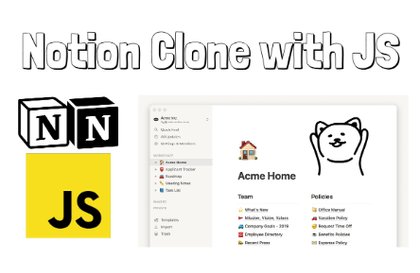
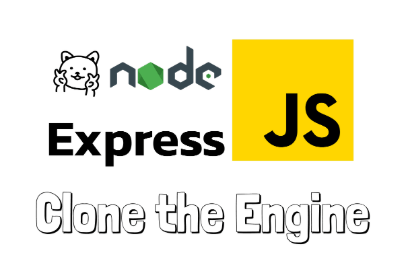
![From Events to SPA, the Essential Engine of Interactive Web - [Complete DOM Mastery Part 2]강의 썸네일](https://cdn.inflearn.com/public/files/courses/338102/cover/01k1bjkdeb2ap7p4b0vb2fck06?w=420)
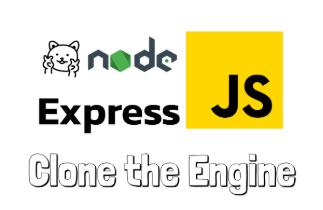
![Properly Learning JavaScript: Mastering Object-Oriented Programming & Applied Strategy AI Tic-Tac-Toe Part 2 [Intermediate]강의 썸네일](https://cdn.inflearn.com/public/files/courses/336946/cover/01jv48md3p02hgkwt4yh1svf3j?w=420)
![Learning JavaScript Properly: A Complete Guide from Beginner to Professional Part 1 - [Basics]강의 썸네일](https://cdn.inflearn.com/public/files/courses/336176/cover/01jqhh8293f4c24r6zpzcvskcr?w=420)
![Mastering HTML + CSS: A Complete Guide from Beginner to Advanced Part 2 - [Intermediate]강의 썸네일](https://cdn.inflearn.com/public/files/courses/335968/cover/01jqhgf257e3jgqfky91k63xrf?w=420)
![Mastering HTML + CSS: The Complete Guide from Beginner to Advanced - Part 1 [Basics]강의 썸네일](https://cdn.inflearn.com/public/files/courses/335967/cover/01jqhgartxsvcyf89xymx5wh9f?w=420)
![First Steps in Python Backend with FastAPI (From FastAPI to Asynchronous SQLAlchemy) [Full Stack Part 1-2]강의 썸네일](https://cdn.inflearn.com/public/courses/333248/cover/7323d828-100e-4ac9-8e6e-0e51a17ac741/333248.png?w=420)
![[Renewal] Introduction to Python Backend and Web Technology for Beginners (Python Intermediate, Understanding Backend and Web Technology Basics with Flask) [Full Stack Part1-1]강의 썸네일](https://cdn.inflearn.com/public/course-325804-cover/6afae82f-e06b-4a0b-914d-2bdf7b1f5b60?w=420)
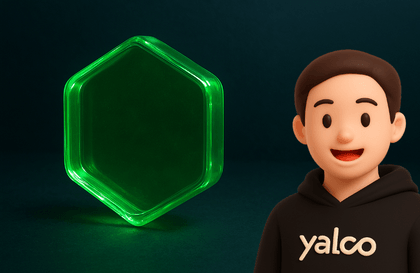
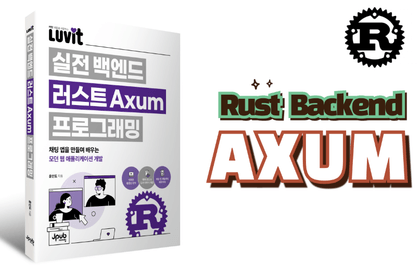
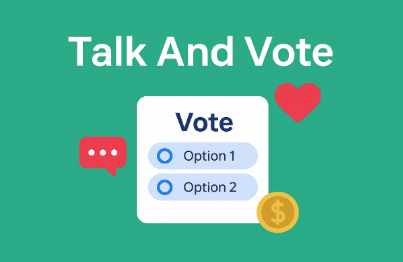
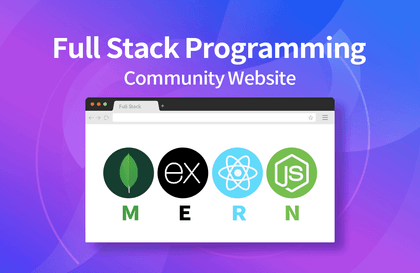
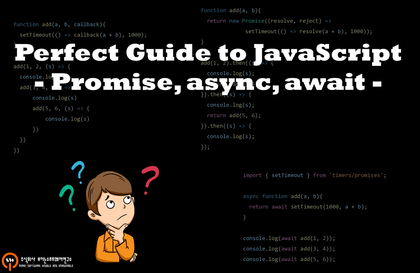
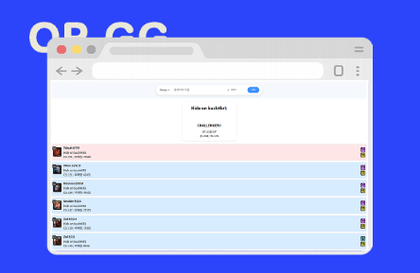
![[Season 1] Spring AI in Action: Developing a Premium Reservation AI Agent강의 썸네일](https://cdn.inflearn.com/public/files/courses/339732/cover/01kb2qr7zw5gf0724jvv4rndns?w=420)

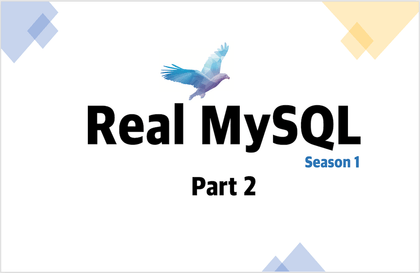
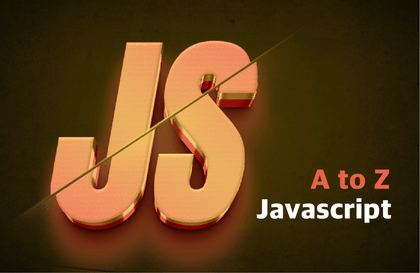
![[MMORPG Game Development Series with C# and Unity] Part 6: Web Server강의 썸네일](https://cdn.inflearn.com/public/course-325464-cover/1fa9d02e-de61-46aa-80db-a46a4a573ce9?w=420)
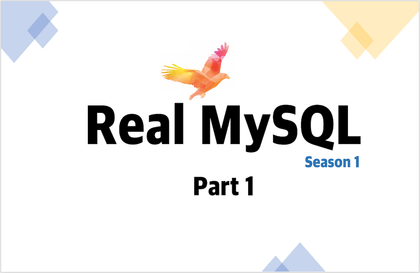
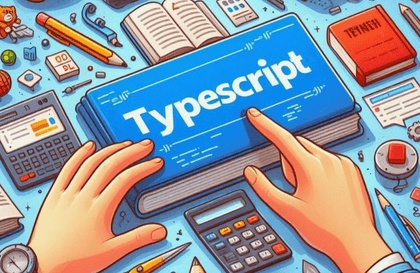
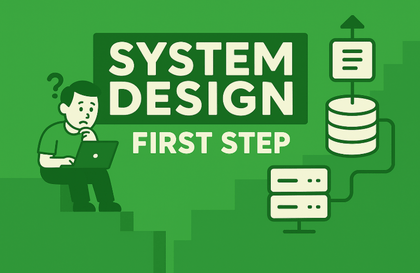
![[7-day completion] Thinking database modeling강의 썸네일](https://cdn.inflearn.com/public/courses/332784/cover/6cc9552a-5e06-454f-a8ac-3dd5396b5204/332784.png?w=420)
